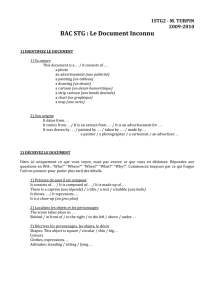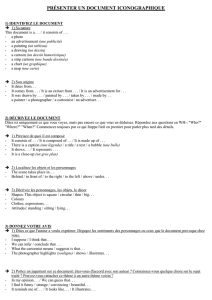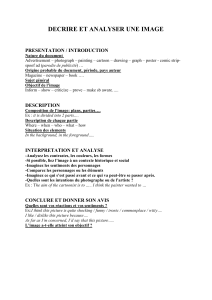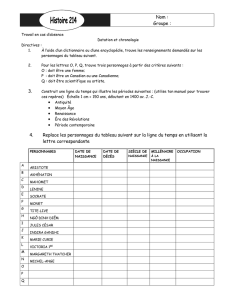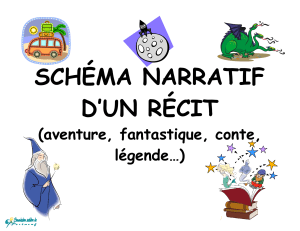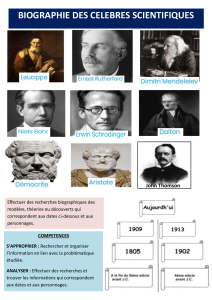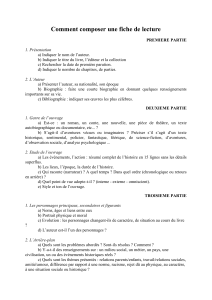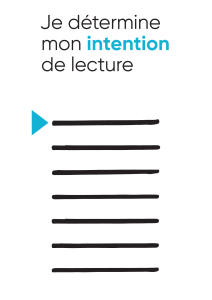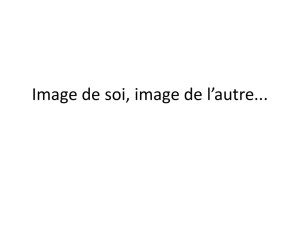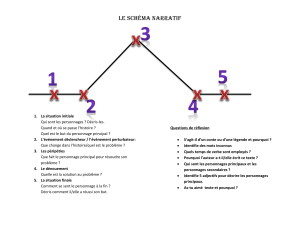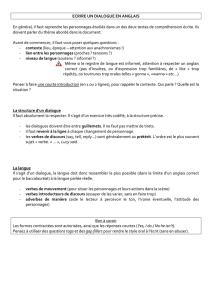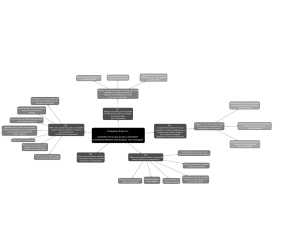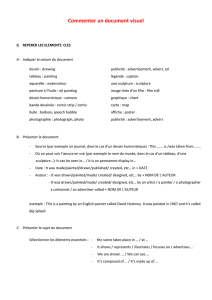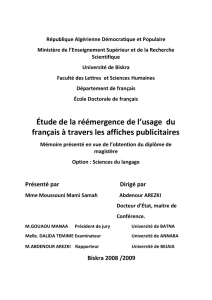decrire une image - Collège Sainte Anne
publicité
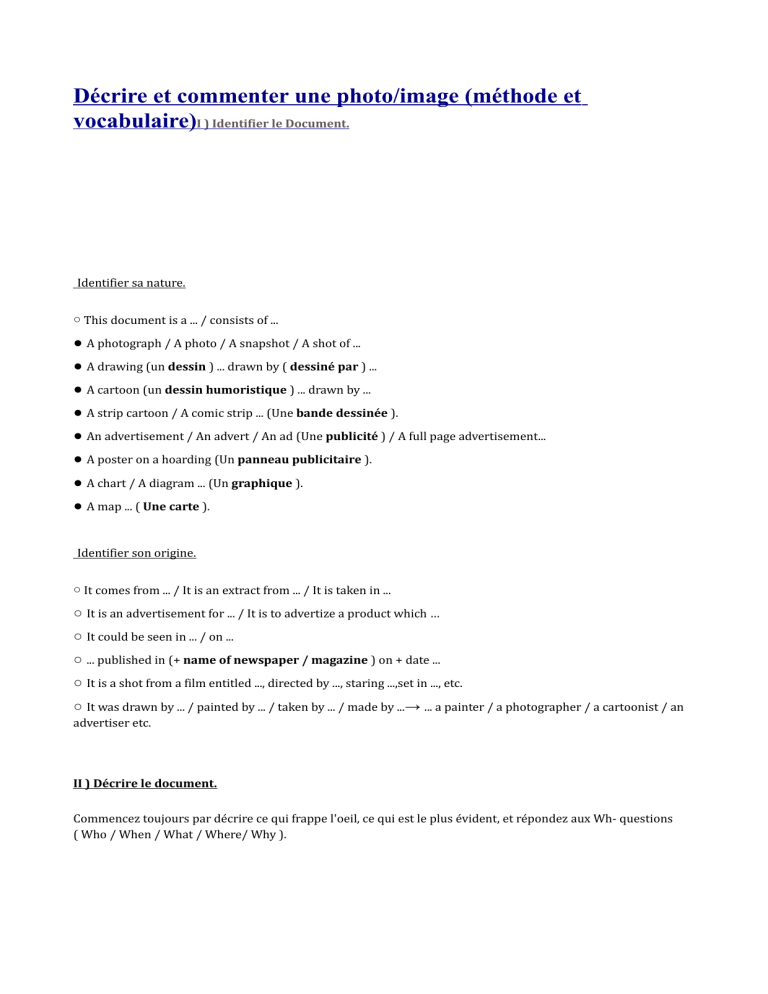
Décrire et commenter une photo/image (méthode et vocabulaire)I ) Identifier le Document. Identifier sa nature. ○ This document is a ... / consists of ... ● A photograph / A photo / A snapshot / A shot of ... ● A drawing (un dessin ) ... drawn by ( dessiné par ) ... ● A cartoon (un dessin humoristique ) ... drawn by ... ● A strip cartoon / A comic strip ... (Une bande dessinée ). ● An advertisement / An advert / An ad (Une publicité ) / A full page advertisement... ● A poster on a hoarding (Un panneau publicitaire ). ● A chart / A diagram ... (Un graphique ). ● A map ... ( Une carte ). Identifier son origine. ○ It comes from ... / It is an extract from ... / It is taken in ... ○ It is an advertisement for ... / It is to advertize a product which … ○ It could be seen in ... / on ... ○ ... published in (+ name of newspaper / magazine ) on + date ... ○ It is a shot from a film entitled ..., directed by ..., staring ...,set in ..., etc. ○ It was drawn by ... / painted by ... / taken by ... / made by ...→ ... a painter / a photographer / a cartoonist / an advertiser etc. II ) Décrire le document. Commencez toujours par décrire ce qui frappe l'oeil, ce qui est le plus évident, et répondez aux Wh- questions ( Who / When / What / Where/ Why ). 1°) La composition. ○ To begin with ( pour commencer ), I'll briefly describe the layout ( Organisation ) of the document / page. ○ It consists of ... / It is composed of ... / It is made up of ... ○ There is a ... title / slogan / text / photograph / drawing / cartoon / chart / Pie-chart ( Diagramme en secteur ) / graph ( Graphique ) / map / plan / diagram / Sketch ( Schéma ) / Caption ( Légende ) / Bubble ( Bulle)... ○ It shows ... / It represents ... / in this photo, we are shown ... / We can see ... ○ It is a close-up ( Un gros plan ). 2°) La Localisation des Choses et des Personnages ( Characters ). ○ The scene takes place in ... / The setting ( Le Cadre ) ... ○ It is seen from a distance ( Vu de loin ) / from afar ( De loin ) / from above ( De dessus ) / From below ( Par en dessous ) / from the rear ( De derrière ) ...○ At the top of the page ( En haut ) / at the bottom of the page ( En bas ). ○ In the foreground ( Premier plan ) / in the background ( Arrière plan / Second plan ), we can see... ○ In the top right-hand / In the top left-hand corner ( En haut à droite / En haut à gauche ). ○ To the right hand side / To the left hand side ... there is ... ○ In the middle ( Au milieu ) / Under the title ( Sous le titre ) / below the picture ( Sous la photo / l'image ) / opposite the drawing ( En face du dessin ) / next to ( à côté de ) etc. ○ Between ( Entre ) / Behind ( Derrière ) / In front of ( Devant ) / To the right ( A droite ) / To the left ( A gauche ) / Above ( Au-dessus ) / Under ( Au-dessous ) etc. 3°) La Description des Personnages. ○ There is 1 ... there are 2,3 ... characters ( Personnages ). ○ Age : The woman / The man is about forty ( A peu près quarante ans ) / In her - his forties (Dans les 40 ans ) / About 45 ( à peu près 45 ans ) / in her - his mid-forties / in her - his late forties ( proche de la cinquantaine )... 4°) et après? Interprétez et analysez Analysez les contrastes, les couleurs, les formes. Si possible, liez l'image à un contexte historique ou social. Imaginez les sentiments des personnages. Comparez les personnages ou les éléments. Imaginez ce qui s'est sans doute passé avant. Imaginez ce qui va peut-être se passer après. Quelles sont les intentions de l'artiste ou du photographe? Quelles sont vos réactions ou vos sentiments? Emettez des hypothèses. Et Concluez Avez-vous aimé ou n'avez vous pas aimé cette image? Pourquoi? Créez une ouverture, une suite, ouvrez la discussion...
